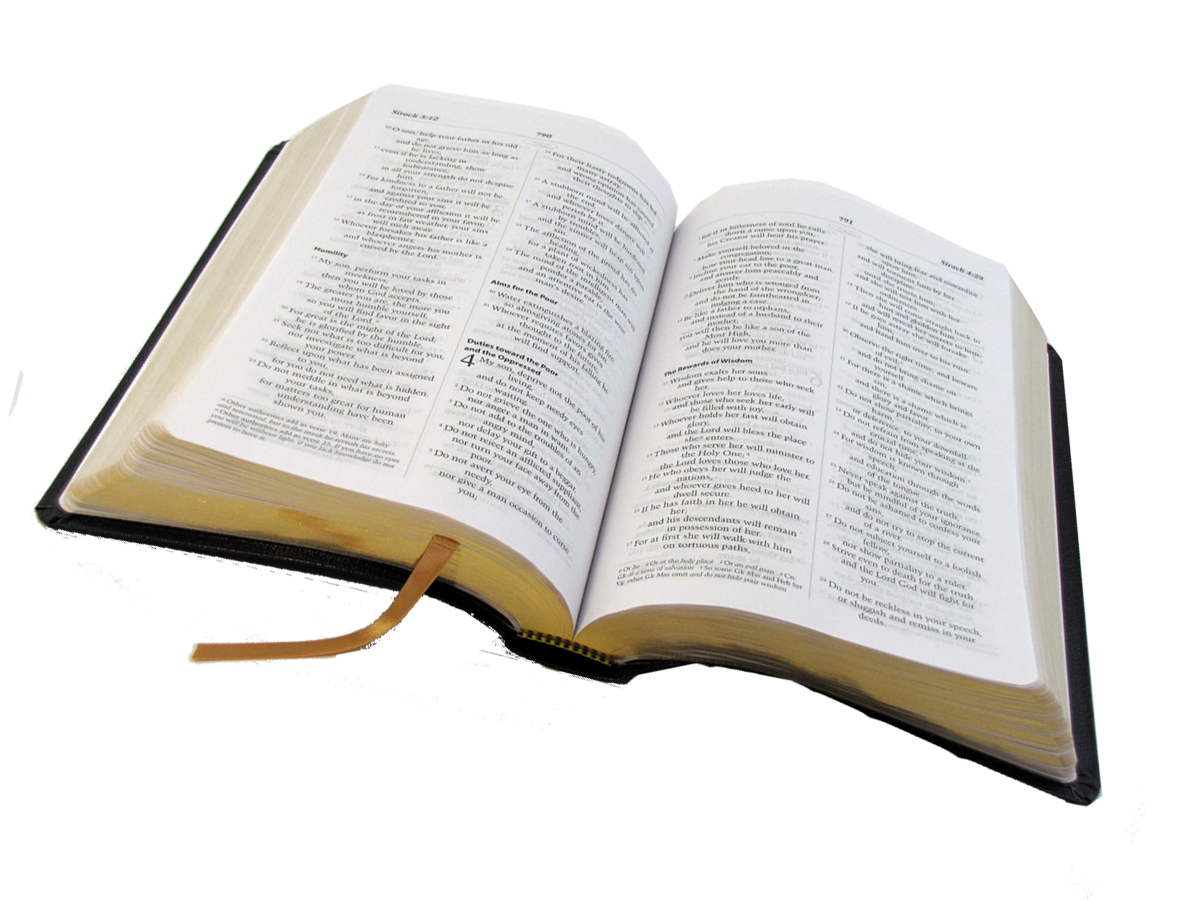This week as we moved on in our Study of Faith Based Systems, we will be talking about Methodism.
Methodism is a religious movement founded by John and Charles Wesley and a group of associates in the 18th century. It grew to be a major Christian Revitalization Movement that made a significant impact on the 19th century Missionary Movement and Christian enterprises throughout the world. The original movement has developed into a family of churches loosely connected to the World Methodist Council and claims a membership of over 18 million and a community of 40 million. In 1739 John Wesley started a society in London to promote Evangelical Christianity in England.
What is Evangelical Christianity? Evangelical Christians believe in the inspiration of the Bible, to which they hold as the divine rule of Faith and practice. They affirm the fundamental doctrines of the gospel, including the incarnation, virgin birth of Christ, His sinless life, substitutionary atonement and bodily resurrection as the grounds of God’s forgiveness of sin, justification by faith alone, and the spiritual regeneration of all who trust in Jesus Christ.
Returning back to Methodism, in 1741 John Wesley began the training of lay ministers and in 1769 sent his first missionaries to serve in America. In 1784 Wesley and his followers finally broke away from the Church of England and established their own Church.
Now, the Church of England is also known as Anglicanism. The origins of English Christianity are unknown, but the presence of British Bishops at the council of Arles (A.D. 314) indicates the existence of an organized Church. Following the Roman withdrawal and Teutonic invasions, Christianity retreated to the Celtic lands, but in the late 6th and early 7th centuries, Roman and Celtic missions began the reconversion of England. The Synod of Whitby (663-664) secured the observance of Roman forms. The English church was largely isolated from continental Ecclesiastical affairs until the Norman invasion of 1066. Even afterwards distance from Rome, the conflict between England and France, and papal decline made English submission more nominal than real. It was an easy matter for King Henry VIII (1491-1547) to use his divorce from Catherine of Aragon as grounds for detaching England from papal obedience. The parliament of 1532-1536 gave Henry the title “Supreme Head on Earth of the Church of England.” Under Edward VI (1547-1553) the church underwent a liturgical and doctrinal reformation. The accession of the Catholic Mary Tudor (1516-1558) inaugurated a period of reaction during which many of the Edwardian reformers were martyred.
Returning back to our story of Methodism….with a few notable exceptions, such as Welsh Methodism, the movement of Methodism is Arminian in theology with a strong social concern. Arminianism is a general term embracing the teachings of Jacobus Arminius. The theological views of Arminius and his followers were summed up in five points which were designed to counter the prevailing Calvinist orthodoxy of his day. They are:
- God from all eternity predestined to eternal life those whom he foresaw would remain steadfast in faith;
- Christ died for all humanity, not only the elect;
- Through free will a person cooperates in his conversion;
- Humans may resist divine grace;
- Humans may fall from grace.
At the Synod of Dort (also known as the Synod of Dordt or the Synod of Dordrecht) was an international Synod held in Dordrecht in 1618–1619, by the Dutch Reformed Church, to settle a divisive controversy initiated by the rise of Arminianism) the Arminian teachings were condemned by orthodox Calvanists as heretical. Today, Arminianism is the major teological force among North American Evangelical Christians.
Lets take a look at what Calvanism is since it so opposed Methodism’s basis in Arminianism. Calvanism originated with John Calvin’s interpretation and exposition of scripture found in his Institutes of the Christian Religion (1536). It emphasizes the sovereignty of God in salvation and was later closely associated with Puritanism. The five points of Calvinism, referred to by the acronym “Tulip,” were drawn up on response to Arminianism. They are:
- Total depravity;
- Unconditional election;
- Limited atonement;
- Irresistible grace;
- The perseverance of the saints.
Presbyterians, various reformed churches, Anglicans and some Baptist Churches have been strongly influenced by Calvinism as a theological system.
So it seems the Methodist Arminianism and Calvanism has something of a rivalry. Of the two Arminianism would more closely resemble Biblical principles. In the 20th century mainline Methodism has tended to encourage Liberal Theology and has moved away from its revivalist roots.











